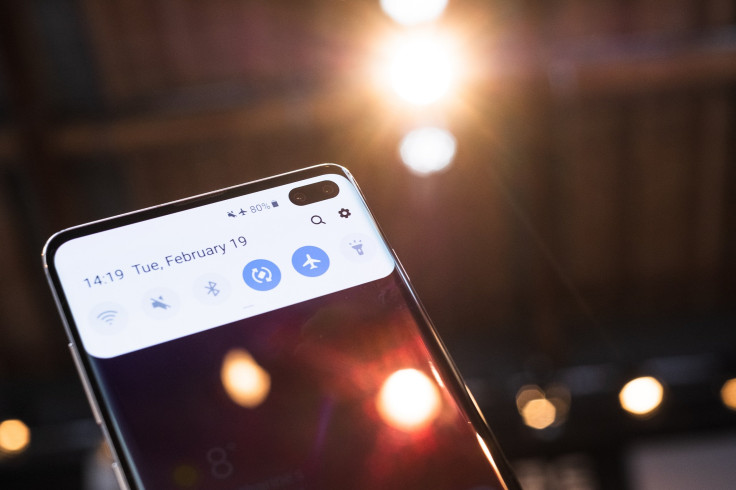5G 2020 Update: What To Expect From Next-Gen Technology This Year

KEY POINTS
- 2020 might see a wider 5G network coverage
- Consumers can expect to see more 5G-capable handsets in the market this year
- Some midrange devices will also offer support for 5G
It's 2020 now, and more people are getting interested in 5G technology, which promises to deliver a bigger bandwidth, lower latency, and faster data connections. What can consumers expect from 5G this year?
Last year saw some smartphone giants releasing handsets capable of leveraging the fast data speeds the 5G network had to offer. Yet, despite all the hype about 5G, not all who wanted to buy 5G-capable smartphones were able to afford them, or could connect to the new network as it's not yet available in many places at the moment.
Now that 2020 is here, fans can expect to see great changes with 5G, particularly its coverage and the affordability and availability of devices that can be used with it. Here are some things to expect for 5G this year, as per Android Authority:
Widespread coverage
As mentioned, 5G isn't available in many countries and locations at the moment. It's currently limited to certain locations in the U.S., U.K., Australia, Korea and China. For 2020, however, fans can expect a wider rollout to places including Japan, South America, and some countries in Europe and South East Asia.
Some of these locations will adopt sub-6GHz. Some, on the other hand, will adopt mmWave technology, which is faster. The latter will likely rollout to certain locations in 2021.
Variations among 5G handsets
Along with the widespread adoption of 5G comes the expectation to see more 5G-capable handsets being sold in the market. Smartphones powered by Qualcomm's Snapdragon 865 SoC are all expected to come with 5G capabilities.
Consumers, however, should expect to see variations between 5G-capable smartphones. Some of them will support the sub-6GHz network, while others will support mmWave. This is because not all locations will have mmWave technology.
Affordable 5G handsets
Those who think that 5G handsets are expensive are correct, particularly in 2019. Thankfully, chipmakers are working hard to release 5G-capable SoCs designed for cheaper midrange devices. Qualcomm's Snapdragon 765, Samsung's Exynos 980 and the MediaTek Dimensity 1000 5G are all designed for midrange handsets but come with support for 5G.
It's also worth noting that some midrange smartphone makers, such as Motorola, Nokia, Oppo and Xiaomi have all announced their plans to create 5G-capable handsets that won't hurt the wallet.
© Copyright IBTimes 2024. All rights reserved.





















